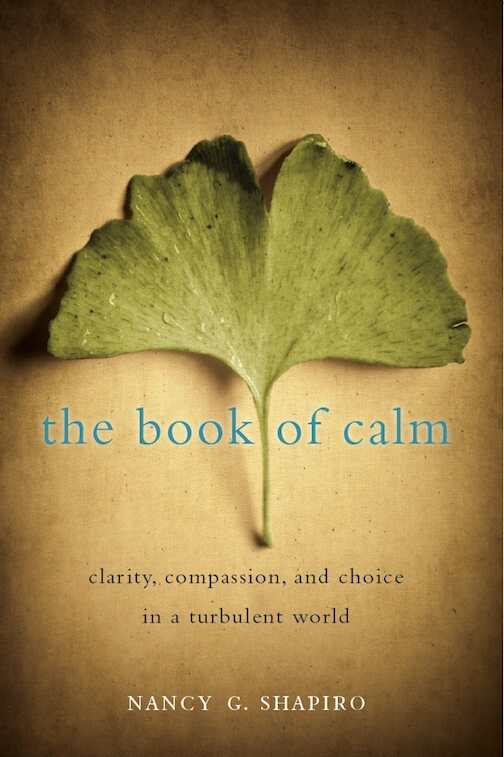The Book of Calm
Clarity, Compassion, and Choice in a Turbulent World
The book’s friendly storytelling tone provides a layer of comfort, while its extensive use of scientific research gives the writing even more credibility.
The Book of Calm by Nancy G. Shapiro is an extensively researched and intelligently written text that offers guidance and support for creating a life infused with calm.
Shapiro, a personal and professional life coach, builds a sense of trust throughout the book by sharing stories of her own life and those of clients and friends who journeyed toward less stressful lives. These stories, delivered in a conversational tone, provide a sense of kinship and the feeling that Shapiro truly understands what it’s like to live in various levels of chaos.
Written in uncomplicated language, this book offers easily digestible chapters, each with a focus on working through a chaos-bringing circumstance. Shapiro offers her own insights and support, along with information from other specialists in the field.
Early chapters delve into embracing change as the “touchstone of life” and finding the courage to work through the fear that can come with change. Later chapters discuss taking responsibility for one’s own feelings and actions and working on becoming aware of the words one chooses to describe those feelings. Each piece of information is offered as a step toward intentionally creating the life you want.
Chapters are introduced with pertinent quotes: “Be where you are; otherwise you will miss your life” introduces the chapter on mindfulness. Each chapter ends with an “Awareness Question” meant to help readers examine their own thoughts, words, and actions, and suggests steps each person can take to work toward calm. These help review and synthesize each chapter’s material.
The book’s friendly storytelling tone provides a layer of comfort, while its extensive use of scientific research—always explained in lay terms—gives the writing even more credibility. This is evident when Shapiro references brain research on neuroplasticity and explains how brains can rewire themselves. She uses this information to give a gentle nudge: “‘I’m too old’ is no longer an excuse for not developing new habits.”
Chapters are short yet provide just enough material in the way of stories, research, and thoughtful suggestions to be thoroughly contemplative before they are moved forward from. Even the book’s cover evokes a feeling of tranquility.
Attentively structured sentences and careful word choices add to reading enjoyment. When writing of the gradual changes that come with time, Shapiro refers to “the aging of wine, barn siding, or human faces.”
Resources are meticulously cited at the end of the book, providing a wealth of additional reading on chapter topics.
The Book of Calm is full of gentle guidance and insightful strategies designed to free readers from chaos.
Reviewed by
Lorraine Ravis
Disclosure: This article is not an endorsement, but a review. The publisher of this book provided free copies of the book and paid a small fee to have their book reviewed by a professional reviewer. Foreword Reviews and Clarion Reviews make no guarantee that the publisher will receive a positive review. Foreword Magazine, Inc. is disclosing this in accordance with the Federal Trade Commission’s 16 CFR, Part 255.

